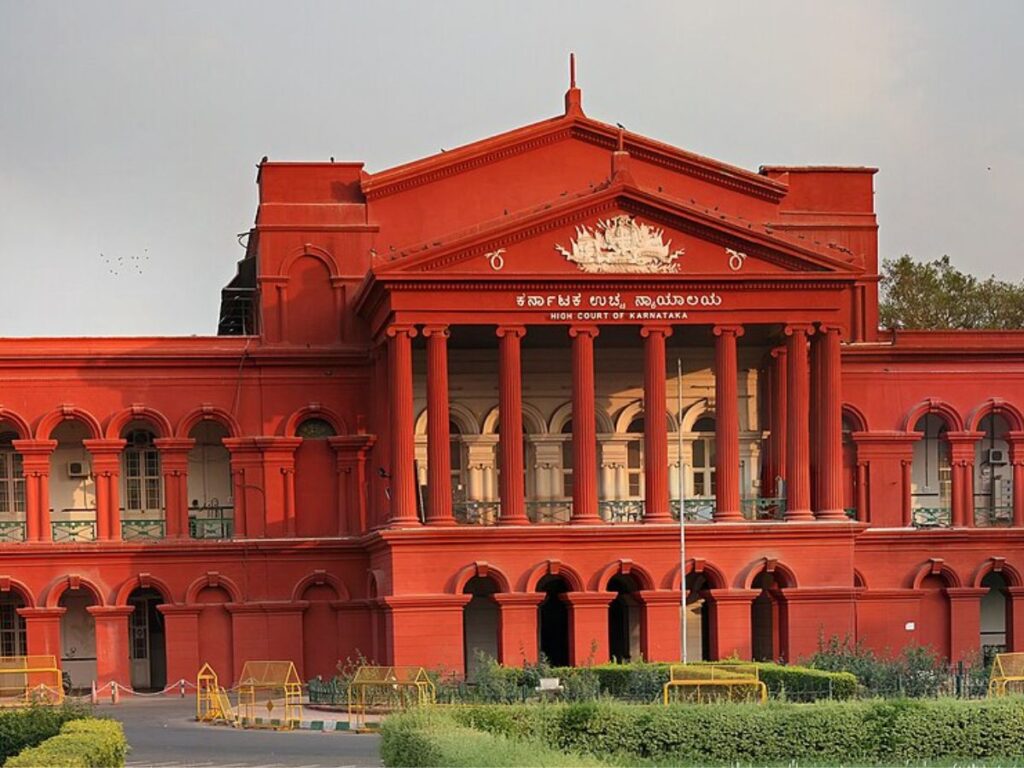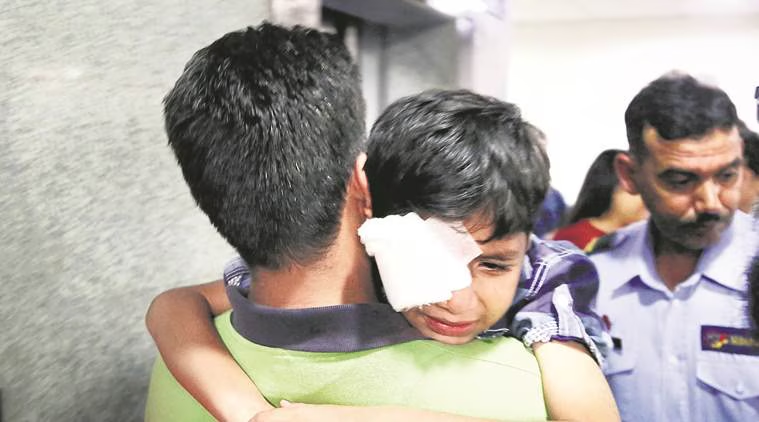Now Reading: Mumbai Residents Welcome Crackdown on Kabutarkhanas Over Health and Traffic Concerns
-
01
Mumbai Residents Welcome Crackdown on Kabutarkhanas Over Health and Traffic Concerns
Mumbai Residents Welcome Crackdown on Kabutarkhanas Over Health and Traffic Concerns

In a move that has stirred both relief and debate, the Maharashtra government has decided to shut down several kabutarkhanas (pigeon feeding spots) across Mumbai. The decision comes after multiple complaints from local residents who say the growing pigeon population is not only a health hazard but also creating traffic congestion. For urban areas in India, especially Tier 2 cities dealing with similar issues, this development could set a precedent.
What Prompted the Action
Residents in areas like Dadar, Charni Road, and Kalbadevi have raised repeated concerns about uncontrolled pigeon feeding. The accumulation of bird droppings, feathers, and grains on roads and balconies has led to hygiene problems. Respiratory issues, particularly in elderly and asthma-prone residents, have been linked to prolonged exposure to pigeon droppings.
Traffic and Civic Nuisance
Apart from health worries, people have complained that kabutarkhanas, often located at traffic junctions, lead to unnecessary crowding. Regular feeding rituals attract flocks of pigeons, vendors, and visitors, blocking roads and adding to traffic jams during peak hours. Commuters and shopkeepers say it’s become a daily hassle.
Public Opinion Divided
While many support the government’s step, there’s a section of citizens and religious groups who feel pigeon feeding is a long-held tradition tied to compassion and faith. They argue that shutting down kabutarkhanas disregards cultural sentiments. However, health experts and civic activists are calling for a more practical approach that prioritizes urban sanitation and public safety.
Lessons for Other Cities
The issue is not limited to Mumbai. Cities like Jaipur, Surat, and Lucknow also face similar problems where public feeding of animals in crowded spaces leads to health concerns and civic clutter. Mumbai’s step may encourage other state authorities to rethink how public spaces are used and regulated.
Government’s Way Forward
Officials clarified that the ban is not against feeding birds but aims to shift these practices to safer, designated areas like parks and open grounds away from dense traffic zones. The goal is to balance compassion for animals with the need for clean and safe urban living.
Conclusion
The decision to shut down kabutarkhanas in Mumbai marks a significant step in managing public health and urban planning challenges. As Indian cities grow denser, finding a middle ground between tradition and modern civic needs becomes essential. For residents in Tier 2 cities witnessing rapid urbanisation, this move could inspire more proactive measures to make their own surroundings safer and cleaner.

























